As usual, I enjoyed writing yesterday’s fact so much that I wanted to talk about another African bird today. These birds may not have different coloured wattles or really long eye-lashes but they are still pretty cool looking. Oh yeah, I completely forgot to tell you the name of the bird. We are going to learn about the Guinea Fowl, which some species have been introduced around the world for breeding purposes. Although you can find them on farms around the world, the Guinea Fowl is native to Africa.
The Guinea Fowl generally weighs about 0.7 – 1.6 kg (1.5 – 3.5 lbs) and can grow as long as 71 cm (30″). This larger bird is a ground dwelling creature that spends the majority of its time digging to find scrumptious insects and worms. We may not find them delicious but the Guinea Fowl sure does. But even they will grow tired of insects and consume some berries, seeds, small reptiles from time to time. The fowl is just a cog in the food web though. It may eat numerous animals but it is also prey to many larger predators such as dogs, wolves, humans and even crocodiles.
If you have looked closely at the picture above then you may have thought that this bird looks bald. If you did notice this, Congratulations! The Guinea Fowl resembles a vulture in that regard, which is why one species is called the Vulturine Guinea Fowl. Don’t be fooled though, they have no relation to the vulture. I am still scratching my head to try and figure out why these birds need to be bald. I understand that vultures have featherless heads so they don’t carry bacteria from the roadkill they eat, but the Guinea Fowl doesn’t feast on carrion. The only thing I can think of is the fact that these birds are constantly digging in the sand. Perhaps they are bald as a result of this foraging behaviour. I would love to hear all of your ideas on why the Guinea Fowl is bald so please leave a comment below. I am looking forward to your input to help solve this riddle.
Have a great day!
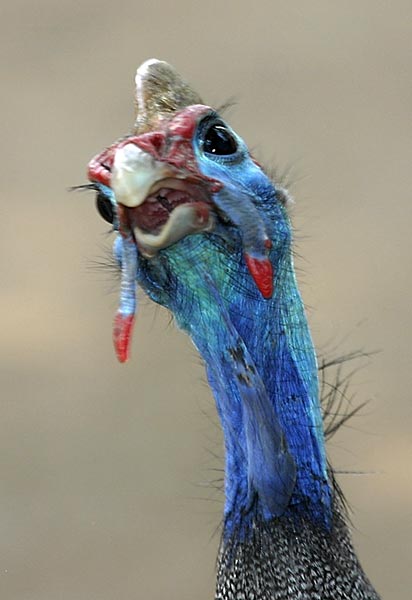

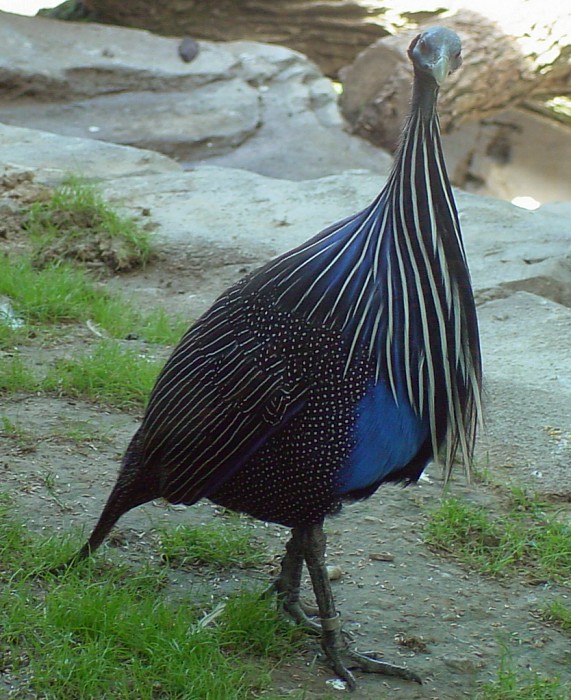
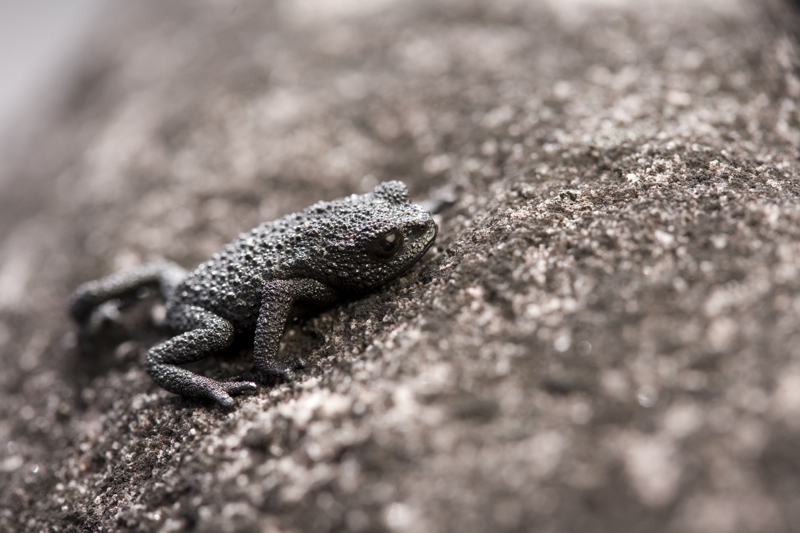
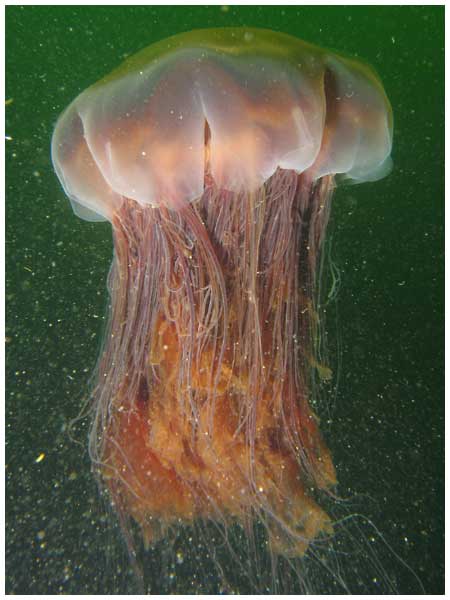
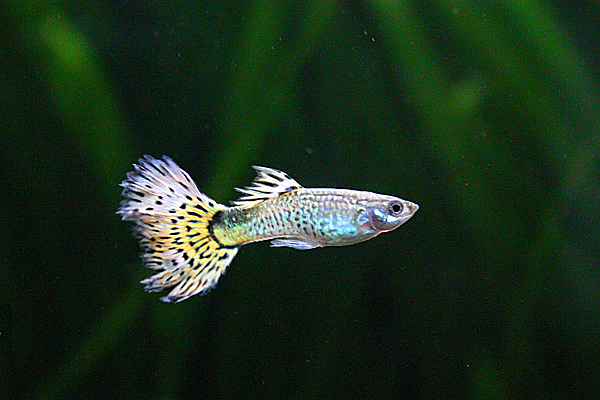
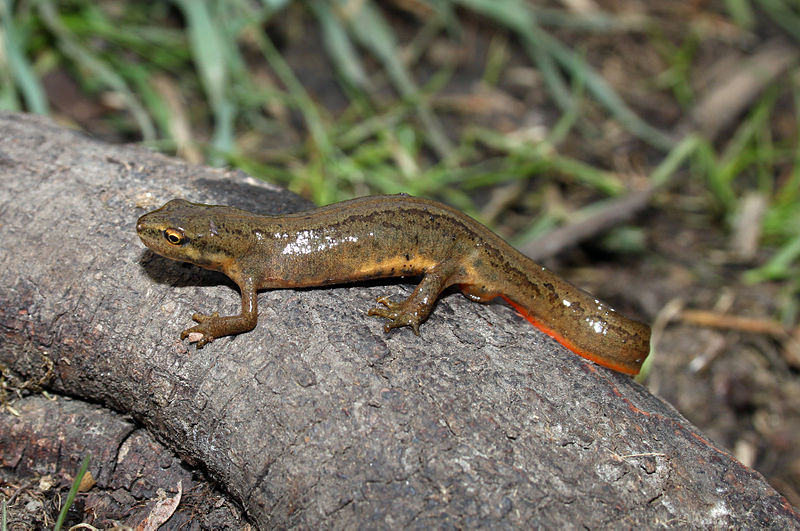
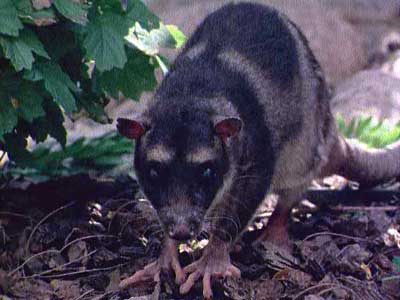
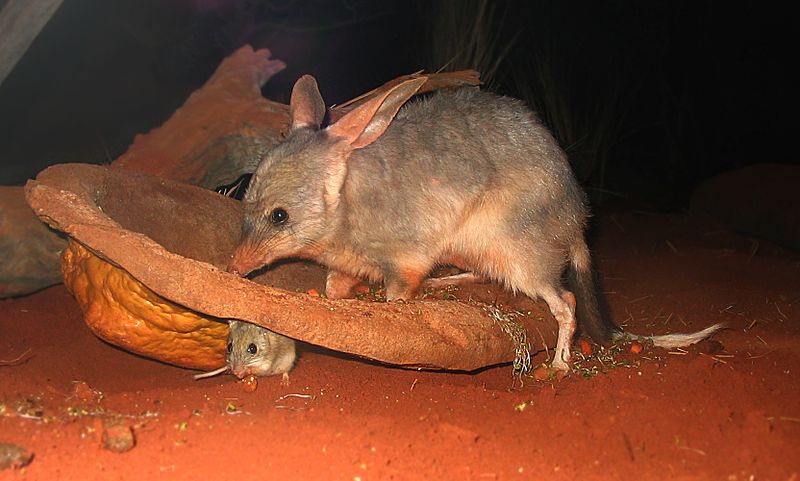
maybe it’s bald too keep him from getting too hot thanks for todays wild fact :p
Hailey,
This is an excellent suggestion. It could have something to do with regulating their body heat. I will have to do some more research to find out the reason they are bald. Thanks for posting such a great comment.
What beautiful colours these last two birds have been. Dad said he became bald once he got married and had kids. It has to be the children……parents keep pulling their hair out in frustration….just joking.
hahahaha! I don’t think dad can blame me for his baldness. I can see your older son causing dad to lose a little bit of hair but not me.
I should research to see if only the Guinea Fowls that have babies are bald 🙂
Yes, I have also heard that guineas’ heads and necks are naked to help with cooling themselves in the heat. Although the guineas you pictured are Vulturine guineas, as you may know the more commonly seen variety is the helmeted guinea fowl. These grow horns on their heads as well as being bald, which are also said to aid in keeping their body temperatures down. While this well may be true, my young guinea has begun to headbutt our older bullying hen, driving her backwards when she tries to peck him. His horn has only just started to come in in the past few weeks, but he seems to know how to use it already! 😀
Hi Elise!
Thanks for stopping by Wild Facts. So you actually have a Guinea? That is pretty impressive. The young one sounds hilariously aggressive. Glad to hear he knows how to use the horn already.
Thank you for sharing the story and your information about the Guinea. I would love to hear more as the young guinea grows up.
Oops, I didn’t see the second pic in which the vulturine has a horn, also. Good to know! 🙂
Hi, I just stumbled onto your site. Love the pics! I think the Vulturine is the most beautiful of all the Guineas and I’d love to have some. They don’t do well in a northern climate, though, and are hard to come by in the US.
The second photo is a Helmeted Guinea. I had to look at more pics because it does not look like the Helmeteds I used to have that are commonly sold by hatcheries. It looks just like the ones in Africa, though, so I think their appearance has been altered since they were domesticated ~500 years ago.
Guineas are INCREDIBLE at tick control! I think we could practically eliminate Lyme disease in the US and Canada if only the guineas could survive the winters and reproduce in the spring. They might survive the winters (mine slept in the trees until severe New England winter), but the babies are killed by cold and damp, so they could not successfully raise them in most areas.
Looks to me like he’s bald just because he has no feathers!!! That’ why men are bald (just no hair) No big mystery there!!
Hey Pat,
I suppose you are right that they just exhibit plain ol’ balding but what is the purpose of this trait to the species?
Unlike humans, EVERY Guinea Fowl is bald as it is a character trait of the species. It isn’t quite the same as humans where we have hair and as we get older, some folks begin to lose it.
Males generally have their waddles out further than hens
Not SOO ground-dwelling – two of ours roost HIGH in the trees at night – they don’t like sleeping with the others in the bird house.